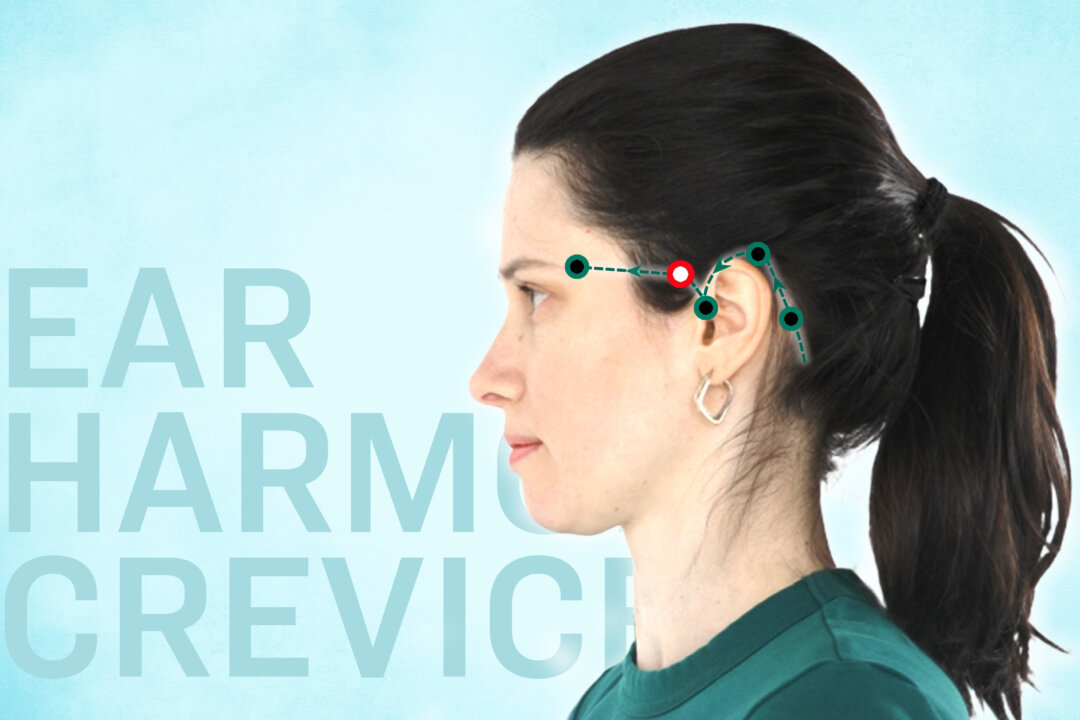The U.S. Food and Drug Administration wants to phase out some food dyes.
While some of that effort predated the second Trump administration — like banning red dye No. 3 from foods in January — U.S.

Health and Human Services Secretary Robert F. Kennedy Jr. announced on Tuesday a list of eight artificial dyes to be eliminated from food and medications by the end of 2026.
Kennedy, who has long criticized artificial food dyes, called them "poisonous compounds." Some of his views, including on vaccines and autism, promote ideas that have been widely debunked and criticized as harmful . This is a bit more nuanced though.
Here is a fact check. Are artificial food dyes harmful? At the Tuesday announcement, Kennedy and FDA commissioner Marty Makary said there's a possible link between consumption of the dyes and health conditions like ADHD, obesity and diabetes. But they did not specify which studies they were referring to — and it's an area many scientists say requires more robust research.
"The information out there is just so minuscule in the scheme of science that it's really hard to make those generalizations," said Emily Acri, a clinical dietitian at Yale New Haven Hospital. Some studies have linked food dyes with hyperactivity, like a 2007 placebo-control study of fewer than 300 children published in The Lancet, a peer reviewed journal. But there's no conclusive evidence proving the dyes cause ADHD — even though scientists have been looking into the potential association for over three decades.
Cookies made with natural colours, right, and ones made with artificial colours. In Canada, food colourings need to be listed on the label. (Mary Altaffer/The Associated Press) Other scientists have also said the sugar in products with food dyes — like icing and sports drinks — could be part of the problem.
In 2023, the FDA said that "the totality of scientific evidence shows that most children have no adverse effects when consuming foods containing color additives." Are those food dyes already phased out in Canada? At the press conference, Makary claimed the U.S.
would be catching up to Canada. "The FDA is asking food companies to substitute petrochemical dyes with natural ingredients for American children as they already do in Europe and Canada," said Makary. But seven of the eight dyes the FDA wants to get rid of are, in fact, allowed in Canada.
Citrus Red No.2, FD&C Green No.3, FD&C Red No.
40, FD&C Yellow No. 5, FD&C Yellow No. 6, FD&C Blue No.
1 and FD&C Blue No.2 are all permitted in Canada, with specified uses and thresholds on the amount. As for the last one — Orange B — Health Canada said in an email it is not allowed as a food additive.
Some companies prefer not to use those dyes in products; Froot Loops, for example, are made with synthetic food dyes in the U.S ., while they are made with fruit-based dyes in Canada — an example Kennedy likes to cite .
Kellogg's Canada did not immediately respond to a request from CBC News. An assortment of Kellogg's Froot Loops, Corn Pops, Apple Jacks, and Honey Smacks in the U.S.
in 2010. (Gene J. Puskar/The Associated Press) On Wednesday, Health Canada said it has assessed the food colours in question ( which it uses different names for: Allura Red, Brilliant Blue FCF, Citrus Red No.
2, Fast Green FCF, Indigotine, Sunset Yellow FCF, and Tartrazine) for safety for their permitted use. "If new scientific information becomes available, Health Canada would review and take action if a product was deemed unsafe," the department said. "Canada, as well as many other international regulators, uses a risk-based approach to managing food additives.
In Canada, the permitted uses of food additives are generally aligned with the regulators in the EU, Australia and New Zealand, as well as with the uses accepted internationally in the Codex General Standard for Food Additives." Where do synthetic food dyes come from? As for Makary's reference to "petrochemical dyes," most artificially coloured foods are made with synthetic petroleum-based chemicals, according to U.S.
-based nutrition nonprofit Center for Science in the Public Interest (CSPI). Stephane Bayen, an associate professor and chair of the Department of Food Science & Agricultural Chemistry at McGill University in Montreal, said some synthetic food additives have a petrochemical origin and others don't. Do dyes add anything, nutrition-wise? Artificial food dyes offer no nutritional advantages, said Bayen.
He says they're added for their sensory appeal , meaning to make products like soft drinks, cereals and candy more visually attractive. In Canada, Bayen noted regulators go through a risk assessment for food additives including artificial food dyes. They look at all of the scientific literature on the subject and then compare the dose expected in the population, including children, to see what could create a serious risk.
Bayen said he's not sure what science the FDA based its news decision on, adding Health Canada regularly reviews the literature for new toxicology studies. WATCH | What's in our food, asks CBC's Marketplace: What's in our food? The real deal with Value Village 1 year ago Duration 23:01 They require warning labels in Europe, so why does Health Canada allow certain additives in our food? And, we go shopping to find out whether you're getting a good deal at a popular thrift store. To approve a colour additive to be used in food, the FDA's website said three criteria are considered: The types of foods in which it is can be used.
Any maximum amounts allowed to be used. How the colour additive should be identified on the food label. Bayen said he distinguished between foods where consumers might expect artificial dyes to be present, such as candy, and dishes where they might not be, like a brightly coloured green spinach tortellini.
Instead, the consumer might be expecting the green hue to come from a natural, plant source — the spinach. "The colour green makes sense," Bayen said. "But then when you look at the list of ingredients, you would find some blue, often the brilliant blue and the yellow and combined together, they create this vibrant green on the food products.
" Do food colourings need to be on the label? Yes, in Canada, food colourings are required to be listed on the label for consumers to know, Bayen said. Canadian regulators may take action if a food product contains a colour additive that is found in a food that's not approved. "At the end of the day, you should not be using the food colour to cheat the consumer," Bayen said.
Red dye No. 3 banned from foods, U.S.
regulator says From vaccines to Froot Loops: Why RFK Jr.'s health-related theories have sparked so much controversy In January, U.S.
regulators said they were banning red dye No. 3 , which gives some candies and maraschino cherries a bright red hue. At the time, Health Canada said it concluded that erythrosine or FD&C Red No.
3 does not pose a health risk to the general Canadian population at the levels set out in the List of Permitted Food Colours . How are U.S.
food brands responding? Makary said the agency would begin the process of revoking authorization for two synthetic food colourings within the coming months and would work with industry to eliminate six other dyes by the end of next year. The U.S.
Food and Drug Administration in a press release said it plans to authorize four new natural colour additives in the coming weeks, while also accelerating the review and approval of others. The Consumer Brands Association, which represents food makers such as PepsiCo and Kraft Heinz, and the National Confectioners Association, which represents candy makers, both said late on Tuesday that the ingredients in their member companies' products are safe. In the U.
S., W.K.
Kellogg said it recently met with Kennedy and is reformulating its cereals served in schools to not include artificial dyes. The cereal manufacturers also said it will not launch any new products with artificial dyes beginning next year..
Health

RFK Jr. calls artificial food dyes 'poisonous.' Here's how they're regulated in Canada
The U.S. Food and Drug Administration plans to phase out eight food dyes. U.S. Health and Human Services Secretary Robert F. Kennedy Jr. called them "poisonous compounds." The evidence is a bit more nuanced though. Here is a fact check.















